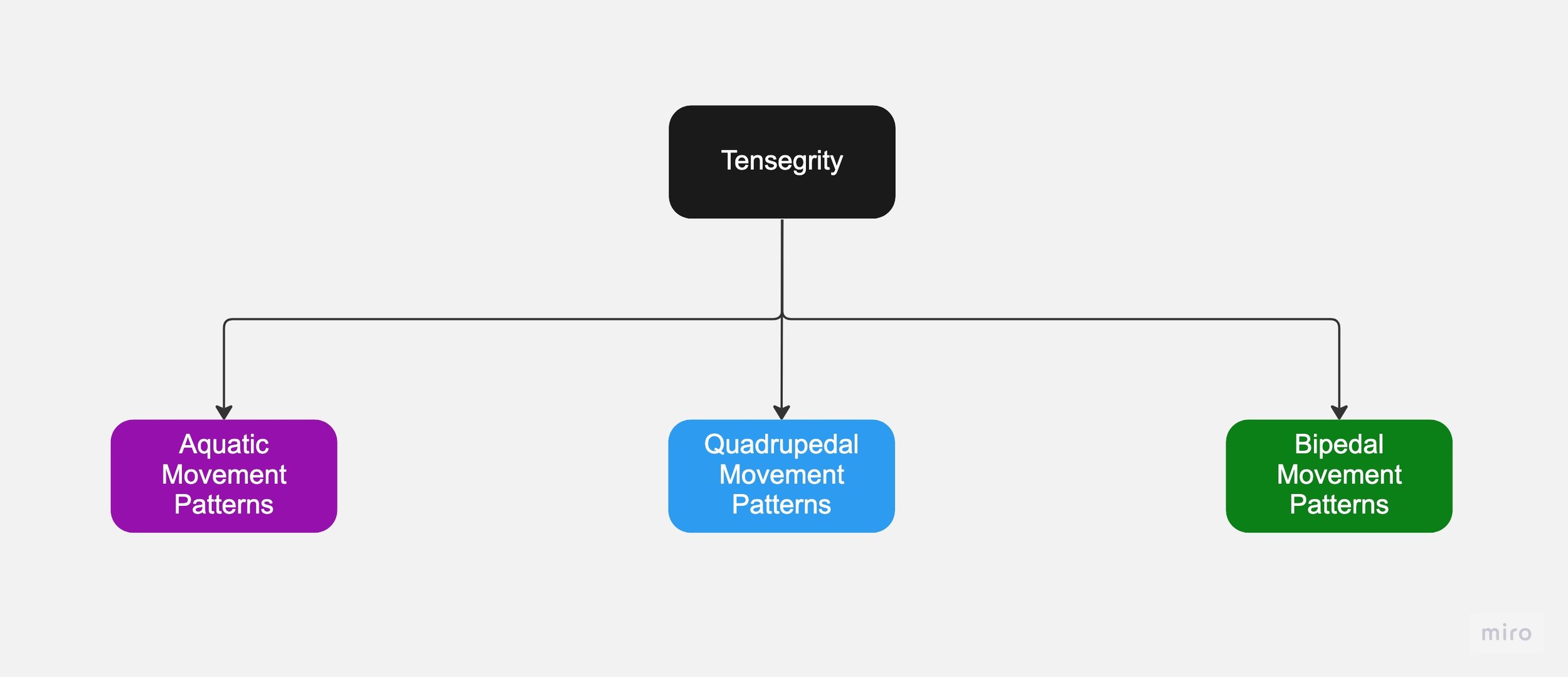Revealing My Secret Principle: Tensegrity
It’s time to tell you something I’ve hidden from all but course attendees. It’s one of my most effective movement principles: tensegrity. Buckminster Fuller birthed it in his book, Synergetics, by marrying “tension” and “integrity.” (The book is a terribly complicated tome. If you can even find a copy, don’t bother.) Since he published it, other thought leaders have tried to adapt his principle to the human body.
But all I’ve found are fancy words and lofty ideas from loquacious academics who don’t coach movement or teach coaches or practitioners. Their ideas only exist between ears and heavy hardcovers and not out in the world, where things live and breathe and play and where the dire needs of coaches, clinicians, and athletes remain unfulfilled.
People need actionable ideas because theoretical ones can never score goals or make a tendon more dense. I failed to find a single practical and effective application of tensegrity. So, I looked for one in evolution, and I found proof.
First, our anatomy matches the model. If that isn’t enough, my students and I get uncanny results. Countless athletes who were chronically hurt and repeatedly failed by traditional methods improved their careers and lives once they found an Evolved Coach. (Uninjured athletes start from a different place and follow the same upward trend.)
Lastly, my students who work with teams have kept their flock of athletes healthier and performing better than years prior. One team had 98 percent of its athletes available through the playoffs. Evolution choreographs bones, tendons, ligaments, and muscles to the tune of tensional integrity.
How is Tensegrity Created?
When standing, you have slack in your leg muscles. Go ahead, jiggle your thigh. Or, if you prefer, your money-maker. As soon as you start to squat, you create tension—through contractions so you don’t collapse and because your muscles have a greater distance to travel between the crest of your pelvis and the tips of your toes. You can see this change if you’re wearing slacks and sitting down: the cuff sits higher.
What I’ve said is fairly obvious to some of you. But how would you create even more tension in your squat—without going lower?
Through rotation. You’d rotate at each of your joints. I’ll show you in your mind's eye.
Imagine you grabbed the ends of a bath towel and made it into the “Z” shape of your leg in a squat by draping it around two anchor points. Pulling the ends apart creates tension. If you then twisted the towel in opposite directions, you’d see it get even more taught, and it would pull on those two anchors even more.
Those anchors are your joints, and that rotation pulls on them in a good way. It solidifies them instead of letting them implode into oblivion. Your muscular tension determines your joint integrity. Makes sense, doesn’t it? Evolution’s a smart cookie.
Let me get a little more specific now. In closed-chain patterns, like a squat or a push-up, bones should rotate in opposite directions at each joint. Bear with me here as I use some terminology to explain what happens in a squat.
In most forms of squats, we should see the following:
Femur: externally rotate
Shin (tibia and fibula): internally rotate
You end up having counter-rotation that increases muscular tension and joint integrity. The knees and feet can point outward, forward, and even inward and still create tensegrity. (Like an arm that swings during a sprint, limbs in the air behave differently. They create tension against the torso.)
So, here’s how some sessions at Apiros go from a tensegrity point of view: I meet the athlete. She may or may not be coming back from an injury. I compare how she moves her bones to my tensegrity model. I see where she lacks tension, give it to her, and after a rumble and a tumble and some surprising discoveries about her body, she moves, feels, and performs better. Once you know the nitty-gritty details, some aspects of training and injury prevention can be as simple as matching the square peg to the square hole.
All in all, tensegrity is not some rigid model of perfect movement in which everyone must fit. It is a principle. There are ranges of good and sustainable movement.
Tensegrity Is How Life Moves
If you’re an avid Apiros reader and find yourself confused because I’ve only talked about movement patterns before, let me explain.
Tensegrity is how life moves. Life uses different patterns of tensegrity: mostly aquatic, quadrupedal, aerial, and bipedal patterns. Each pattern matches the respective anatomy—except for Westernized humans.
Our outlier status isn’t because we’re special. It’s because our environments are alien, and our behaviors don’t promote sustainable or normal movement. Our bodies and brains find ways to accomplish our intentions, even if it means using devolved and risky movement patterns. The result is what we see today: lots of noncontact injuries and bodies that chronically ache. It doesn’t have to be this way.
When you arm yourself with some evolutionary know-how, you can often intervene before calamity strikes and look like an all-star to your athletes—or at least make the bad times shorter and good times longer, and still have grateful athletes who trust you.
Learning to see the body through a lens of tensegrity isn’t easy. It’s one of the sections that my students find most challenging. But those who stuck with it tell me that assessing and training athletes has never been so simple and effective.
The take-home for you is not the counter-rotations but to look for how your bones move. The goal of this blog post, and most of my writing, is to increase your awareness. Your search is more important than your answer.
— AE



